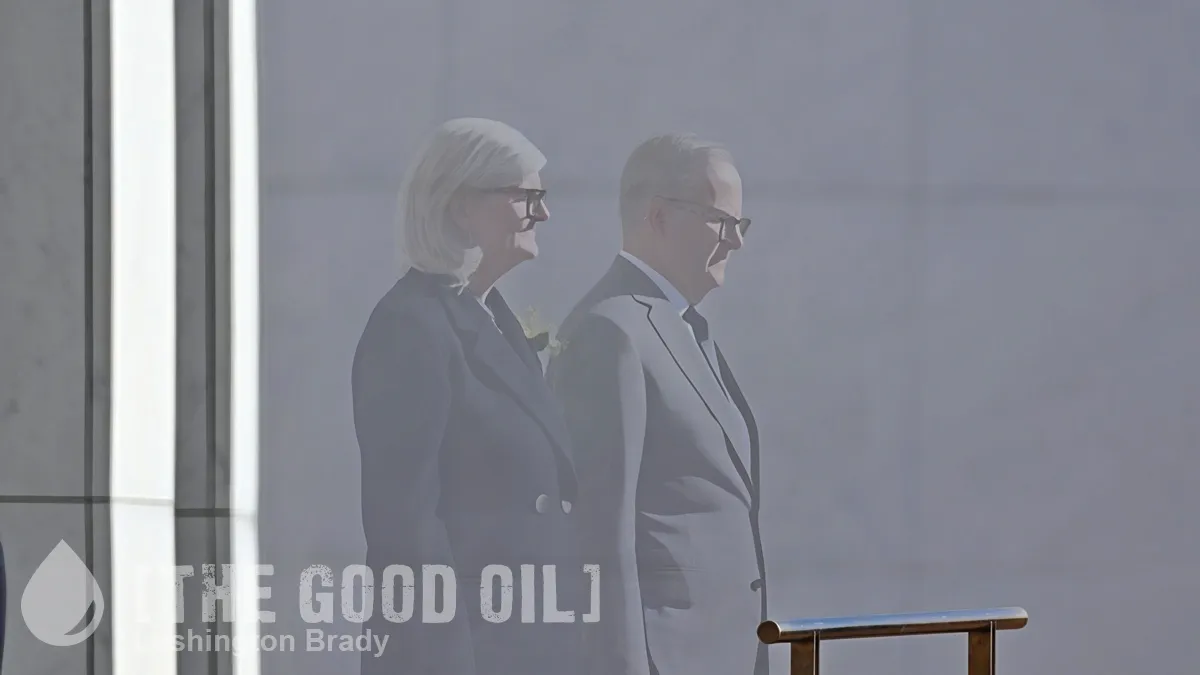Greg Bouwer
IINZ
In 2005, Israel unilaterally withdrew from the Gaza Strip, dismantling every settlement and evacuating its military forces. For the first time in decades, the Palestinians of Gaza had an opportunity to chart their own course, govern themselves, and build a functioning society. The international community stood ready to help. Greenhouses, left behind by Israelis and valued at $14 million, were meant to support a thriving agricultural export economy. Billions in foreign aid were lined up to invest in development, education, and infrastructure. Gaza was set to be the Singapore of the Mediterranean..
But instead of peace or progress, Gaza spiraled into a tragedy of radicalism and war – one largely authored by the very people who claimed to liberate it.
In 2006, Hamas – an Islamist militant group designated a terrorist organization by the US, EU, and others – won the Palestinian legislative elections. By 2007, it had violently ousted the Palestinian Authority from Gaza in a bloody coup. Since then, Hamas has been the de- facto ruler of Gaza, imposing authoritarian control while engaging in recurring wars with Israel. Rather than focusing on state-building or economic recovery, Hamas prioritized rockets over roads, tunnels over trade, and ideology over opportunity.
Barriers Born of Bloodshed
Critics frequently describe Gaza as an ‘open-air prison,’ a place sealed off by Israel and Egypt, where two million people live under blockade. But that framing omits the reason behind the barriers: terrorism.
Between 2000 and 2003, during the Second Intifada, Israel suffered an onslaught of attacks – including over 130 suicide bombings, killing hundreds of civilians, with 452 Israelis killed in 2002 alone. In response, Israel began constructing the West Bank security barrier in 2002 and fenced off Gaza entirely after the 2005 disengagement. The results were undeniable: suicide attacks dropped drastically, saving countless lives.
Borders, by their nature, regulate movement. They do not – and should not – remain open to those who declare their intent to destroy you. And Hamas has never hidden that intent. Its charter, until revised (not replaced) in 2017, called for the eradication of Israel. Even now, its leaders refuse to recognize Israel, renounce violence, or accept past agreements. In this context, Israel’s border policy is not an act of cruelty – it is one of survival.
It’s also a regional response, not just an Israeli one. Egypt also enforces a blockade on Gaza, keeping the Rafah crossing tightly controlled. This rarely receives the same media attention, but Egypt has no interest in seeing Hamas – a Muslim Brotherhood offshoot – destabilize its borders or export jihad.
What’s Really Allowed In – and What Isn’t
Despite the blockade, goods enter Gaza daily. Israel, in coordination with the UN and international NGOs, facilitates the flow of food, medicine, fuel, and building materials into the Strip. What is restricted are ‘dual-use’ items – materials that can be used for both civilian and military purposes, such as cement, steel, and electronics, which Hamas has repeatedly used to build terror tunnels and rockets.
This is not collective punishment. It is a narrowly targeted effort to prevent the rearming of a group that has launched thousands of rockets indiscriminately into Israeli civilian areas – a clear war crime under international law.
The Economics of Missed Opportunity
Under Hamas rule, Gaza’s economy has crumbled. Unemployment hovers around 45–50 per cent, even higher among youth. Many rely on international aid to survive. And while Israel’s blockade contributes to Gaza’s economic woes, it is far from the sole or even the primary cause. Hamas’ choice to invest in warfare rather than development has devastated the economy.
The greenhouses left behind in 2005 were looted or fell into disrepair. Gaza’s once-promising export sectors, like agriculture and fishing, have been hampered by war, mismanagement, and political isolation.
Instead of engaging with international peace offers or economic initiatives, Hamas has burned bridges – literally and figuratively. Israel has made multiple offers since 2005, including the 2008 proposal by Prime Minister Ehud Olmert, which included almost full withdrawal from the West Bank and shared control of Jerusalem. Hamas dismissed it. Instead of following the path of peace taken by the UAE, Bahrain, Morocco, and others in the Abraham Accords, Hamas doubled down on armed resistance.
The world has tried to help. Qatar has provided hundreds of millions of dollars annually, funding fuel, civil servant salaries, and even cash handouts. The United Nations Relief and Works Agency (UNRWA) spends hundreds of millions each year on education, health, and relief services in Gaza. In total, billions of dollars have been funneled into the Strip – and yet, Gaza remains impoverished, underdeveloped, and traumatized.
Where did the money go?
Much of it has been misappropriated. Aid-funded cement was used to construct military tunnels. Electricity lines were diverted for Hamas’ military installations. And all the while, Hamas’ top leadership lives in luxury abroad, mostly in Qatar and Turkey, enjoying private jets, villas, and five-star accommodations while their people suffer the consequences of their decisions.
Education: A Ladder or a Weapon?
Gaza’s education system tells a mixed story. The literacy rate is high – over 96 per cent – and the territory has a large youth population with a thirst for knowledge. But what are they being taught?
Schools run by UNRWA are often underfunded and vulnerable to disruption. More troubling are persistent reports of incitement in school curricula – textbooks that omit Israel’s existence, glorify martyrdom, and promote resistance as the highest calling. In some Hamas-run institutions, education becomes a tool not of enlightenment, but of indoctrination.
An entire generation is growing up traumatized by war, with little exposure to alternatives. This is not just a loss for Gaza – it is a loss for peace.
Responsibility Matters
It is tempting to view Gazans purely as victims – and indeed, many are. But the full truth is more complex. A society is shaped not only by its hardships but also by its choices. And too often, those choices – whether in leadership, ideology, or response to peace – have steered Gaza toward ruin.
Polls conducted by the Palestinian Center for Policy and Survey Research (PCPSR) show significant support for Hamas, particularly after escalations. In late 2023, 42 per cent of Gazans still supported the group. Meanwhile, support for President Abbas and the Palestinian Authority – seen as more moderate and open to negotiation – has waned. This reflects not only disillusionment but also an embrace of confrontation over compromise.
There is no denying the hardship Gazans face. But there is also a deficit of accountability – among their leaders, and within their society. A future of peace and prosperity cannot be built on martyrdom and missiles. It must be founded on reconciliation, economic cooperation, and leadership that values lives over ideology.
The Path Forward
Gaza is not fated to suffer. It has potential – a young population, a strategic location, a resilient spirit. It could be a Mediterranean hub for trade, tourism, and innovation. But that potential will remain locked behind concrete and barbed wire until its leadership – and, importantly, its people – choose peace over endless war.
No nation would allow an enemy committed to its destruction free access through its borders. No amount of aid will help if it is funneled into rockets. And no ‘resistance’ can justify a political vision that leads only to rubble.
The world must support the people of Gaza – not by making excuses for their rulers, but by demanding better. The first step to freedom is not tearing down fences – it’s tearing down the ideology that built them.
This article was originally published by the Israel Institute of New Zealand.







